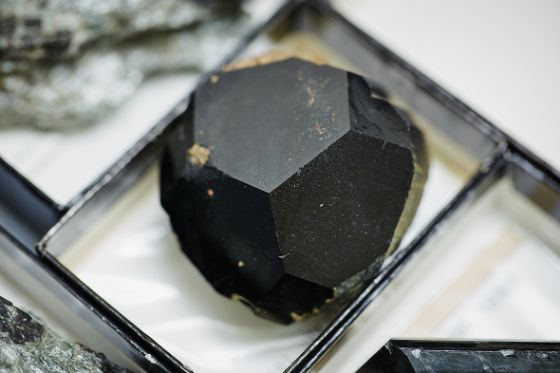WEEVILS Curculionoidea
Weevils are unique in their diversity within the beetles; as much as 62 000 species are described and over 200 000 can be expected. Thus new discoveries just «at your front door » are not uncommon. Similarly rich is the representation of weevils in our collections, and huge is the part of the (not yet) determined and partly undescribed species from different projects as for example those from the Himalayas, from Oman and from projects of the late Michel Brancucci in Laos.
Interesting weevils are also represented in collections by Julius Lautner, Victor Allenspach both from Switzerland, and collections by Walter Wittmer from the Middle East. Since 2022, the collection by Peter Stüben with weevils from Makaronesia has also enriched our museum with over 20,000 specimens of 552 species. In the huge collection by Georg Frey hundreds of type specimens are furthermore conserved, described by or part of the following collectors: Eduard Voss, Victor Apfelbeck, Hans Wagner, August Schultze, Franz Stöcklein und Károly Brancsik.
Weevils live almost exclusively phytophagous in and on various plant organs and substrates, from the flowers, the buds to seeds, stems, leaves, gall structures down to the roots. Not to forget the wooden parts, fresh wood (e.g. bark beetles), or dying to dead wood with fungi (e.g. fungus weevils). Thereby many unique adaptations can be observed, especially those of larvae and beetles dealing with highly toxic plant-chemicals are fascinating.
Through their lifestyle many weevils conflict with human horticulture, hence invasions of bark beetles into timberland are dreaded, and cause enormous debasement of wood, grain weevils threaten stored harvests, and the boll weevil can strongly decrease the cotton harvest. Also fruit trees and berry bushes are visited by various species of tooth-nosed snout weevils and blossom weevils, which lower the fruit set and the harvest. On the other hand, by their specificity, weevils are successfully used as biological pest control against introduced and invasive plant species.
At the Natural History Museum Basel we do specific research on weevils. The Greek weevils are investigated, the weevil fauna of Switzerland is subject of ongoing research. Selected genera of Entiminae are investigated in research-projects together with experts from other institutions. And at least some light is shed into the universe of the poorly known and inceredibly diverse Molytinae, especially in the subtropical and tropical realm.
